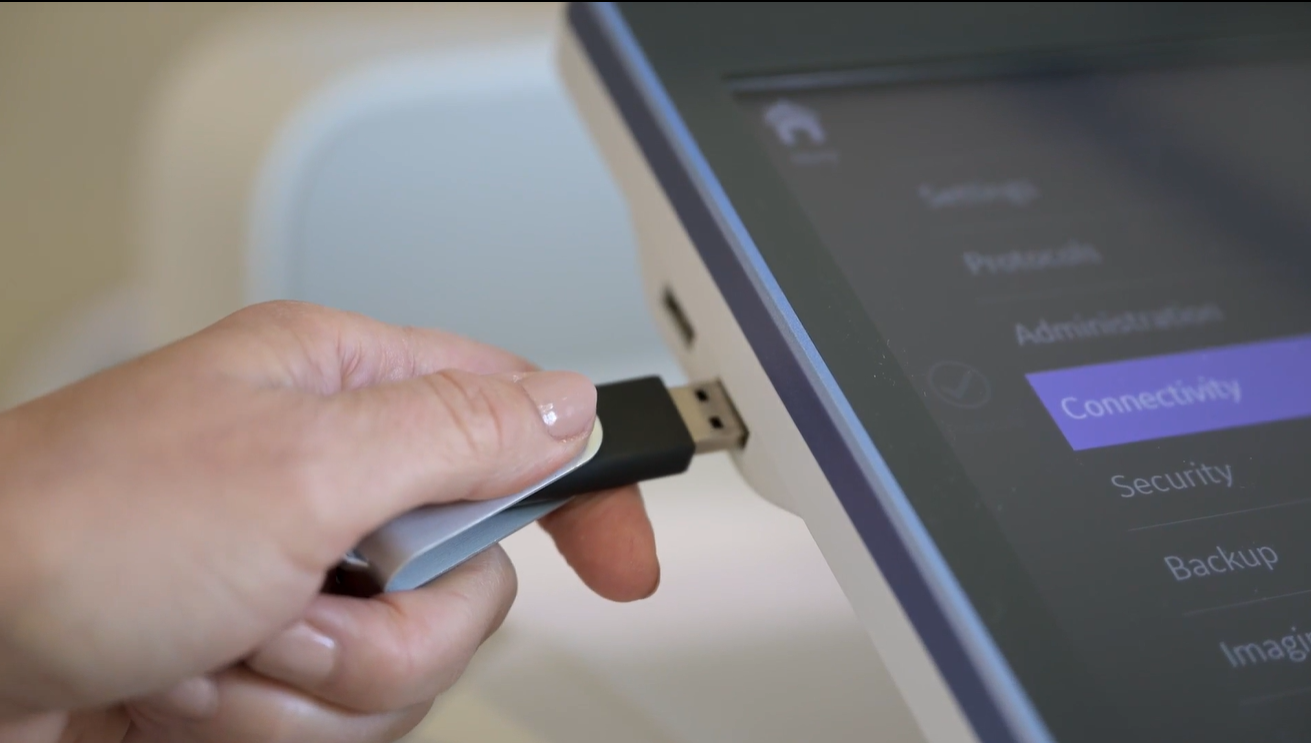Most healthcare organizations have a complicated relationship with portable media. USB drives are convenient for transferring data when used responsibly, but they’re also known vectors for malware introduction and transmission. The portability and near-universal connectivity that make flash drives appealing are also what can lead to the inadvertent spread of malicious software that can disrupt a hospital network and compromise protected health information (PHI). According to a 2022 report on USB cybersecurity risks from Honeywell, cited by the United States’ Cybersecurity & Infrastructure Security Agency (CISA), part of the Department of Homeland Security, 52% of overall threats were designed to be used in portable media, up from 37% in 2021.1 USB drives can also be a vehicle for data exfiltration attempts and can be easily lost, stolen, or breached. These incidents can impact patient care, clinical productivity, and financial performance—especially given the average cost of a security breach in healthcare now exceeds $10M.2
No matter the portable media policy at your organization, you are likely taking proactive measures to minimize their utilization to curb security risks. Your ultrasound fleet – which can range from dozens to hundreds of devices, depending on the size of your organization – represents another opportunity to minimize the use of USBs.
Why the Focus on Ultrasound?
Ultrasound device updates extend beyond routine annual software upgrades and security patches administered by your IT department. Ultrasound devices are configured with presets and scanning protocols. These are standardized sets of procedures and parameters used to guide sonographers and other healthcare professionals in performing specific ultrasound examinations. For example, there are different protocols for maternal fetal medicine, general imaging (GI), cardiac imaging, and more. By adhering to these protocols, clinicians can consistently capture accurate and standardized images and measurements during patient exams. This guidance is particularly crucial in today’s healthcare landscape, where a shortage of experienced ultrasound users means an influx of novice users in patient care settings. Following device-based protocols improves the scanning process and ensures downstream care providers have access to complete and accurate images to develop care plans.
Ultrasound presets and configurations must be updated frequently to ensure exams adhere to clinical and quality standards Governing bodies, such as the American Institute of Ultrasound in Medicine (AIUM), American College of Radiology (ACR) and Society of Diagnostic Medical Sonography (SDMS), may recommend updates. Additionally, your staff may propose protocol updates based on their insights and experience.
Today these ultrasound updates are typically deployed by lead biomedical engineers or sonographers via USB drives. They create new presets and configurations and then physically load them onto every ultrasound device. Reducing the use of USB drives for this application by implementing network-based update methods can contribute to healthcare organization's overall goals to limit the presence of portable storage media.
Enhancing Security and Efficiency
Ultrasound utilization is expected to grow, and scanner-based protocols are not likely to go away. Research points to their effectiveness in image acquisition and exam efficiency.3
Fortunately, the landscape of digital ultrasound tools is keeping pace.
Solutions have emerged that enable both clinical and healthcare technology teams to remotely monitor their ultrasound resources and electronically deploy updates and configuration changes to an entire fleet of devices whenever needed. These tools centralize and simplify management of ultrasound devices across departments, buildings, facilities, and ultimately an entire enterprise. Rather than device-by-device, protocol updates can be virtually deployed without disruption to utilization.
Verisound™ Fleet, a cloud-based fleet management solution, empowers teams to remotely view, back up, and deploy device configurations across multiple locations, all without leaving their desks. Organizations such as St. Luke’s University Health System and Cincinnati Children’s are leveraging Verisound Fleet to improve security, productivity and resource availability.
Learn more about Verisound Fleet.
REFERENCES:
1. https://www.honeywell.com/us/en/news/2022/08/what-causes-the-majority-of-cybersecurity-threats
2. https://www.ibm.com/downloads/cas/E3G5JMBP
3. https://ajronline.org/doi/10.2214/AJR.15.15030
JB28378XX


